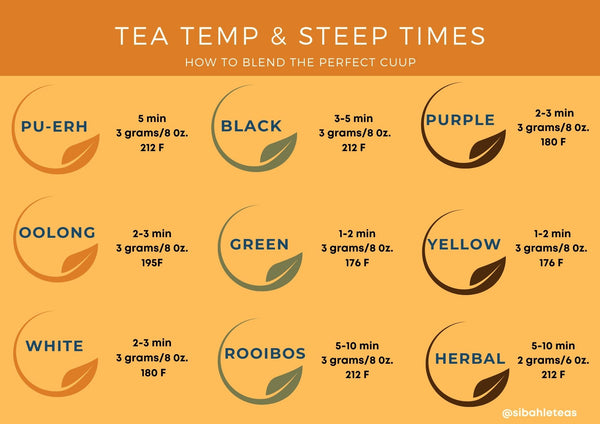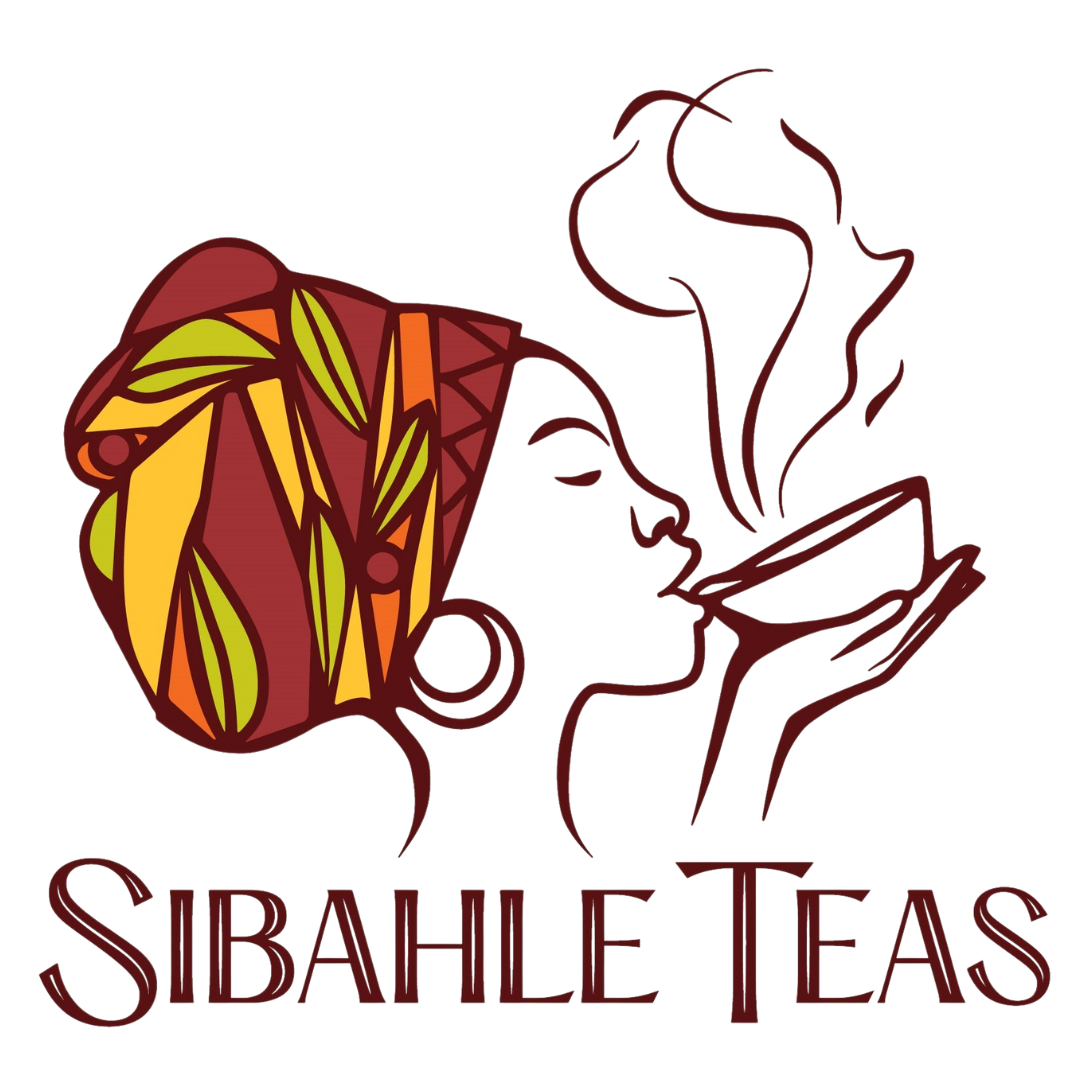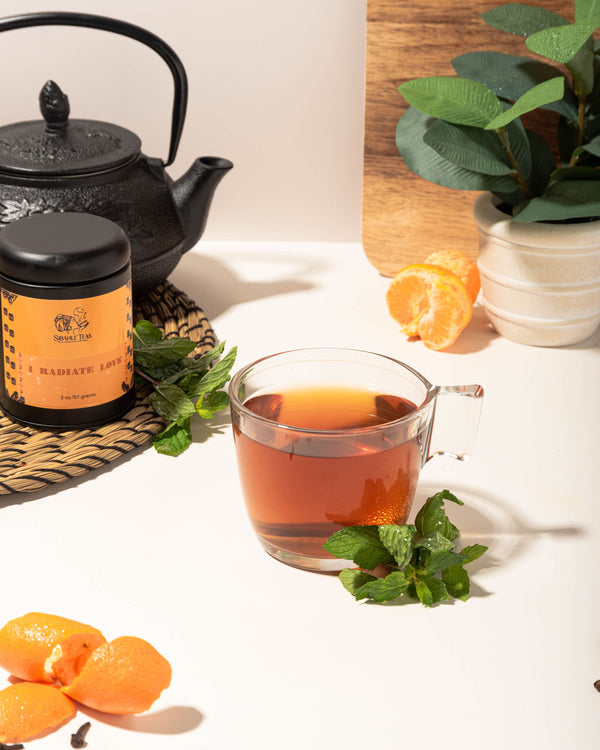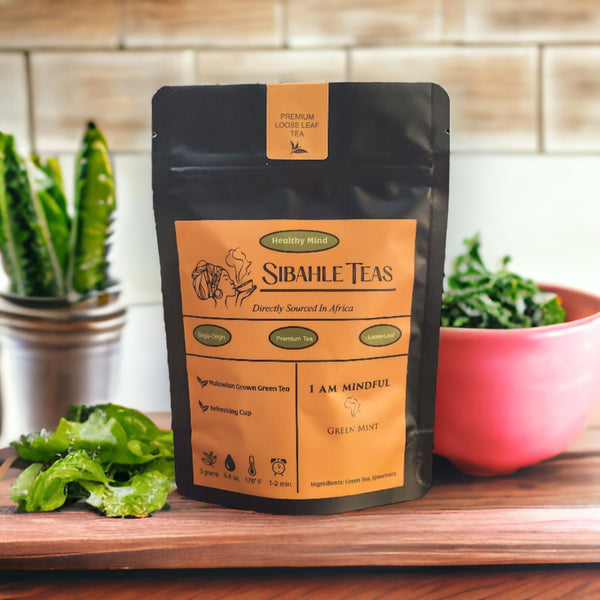
Tea Temperatures and Steep Times
Steeping tea for too long can lead to bland, or even worse, bitter tea. Brewing tea "right" delivers a cup that is flavorful and filled with aromas. It's important to make sure you are steeping your tea for the appropriate amount of time and at the right temperatures.
Don't fret, we're here to guide you.
First, let's start with your water.
Purified water is a good option for tea because it doesn't have any minerals or impurities. Since it has no taste, there is nothing to impact the flavor of your tea. Spring water is neutral, and tap water will vary depending on where you live. Filtered tap water on the other hand is a solid choice for your cuppa.
Now I could just tell you what are the best temperatures for which types of teas you plan to brew, but a better place to start is why. Tea gets it flavor from amino acids, tannins and caffeine. Each of these impacts the flavor derived from your cup. Caffeine and tannins effect how bitter our tea will taste, while the amino acids in tea give tea its sweetness.
No pun, but it really all boils down to temperature. The higher the temperature, the more rapidly the tannins and caffeine will extract in your cup. When the temperatures are low, these compounds don't do much, and allow the amino acids to do its job, and deliver the tea's sweet taste. To achieve the right temperatures for your tea water, a good investment would be a tea kettle with a built-in thermometer. This way you could set it, and forget it! The only tough part is what tea will it be? A gentle white, energy boosting green, or a deliciously bold black. Maybe you're looking not to have tea at all, but instead a healing herbal blend. Whatever you decide, the time is of the essence. See our brew guide to determine the best temperatures and steep times. Then make yourself some relaxing tea and slurp, sip, swallow, and enjoy.


